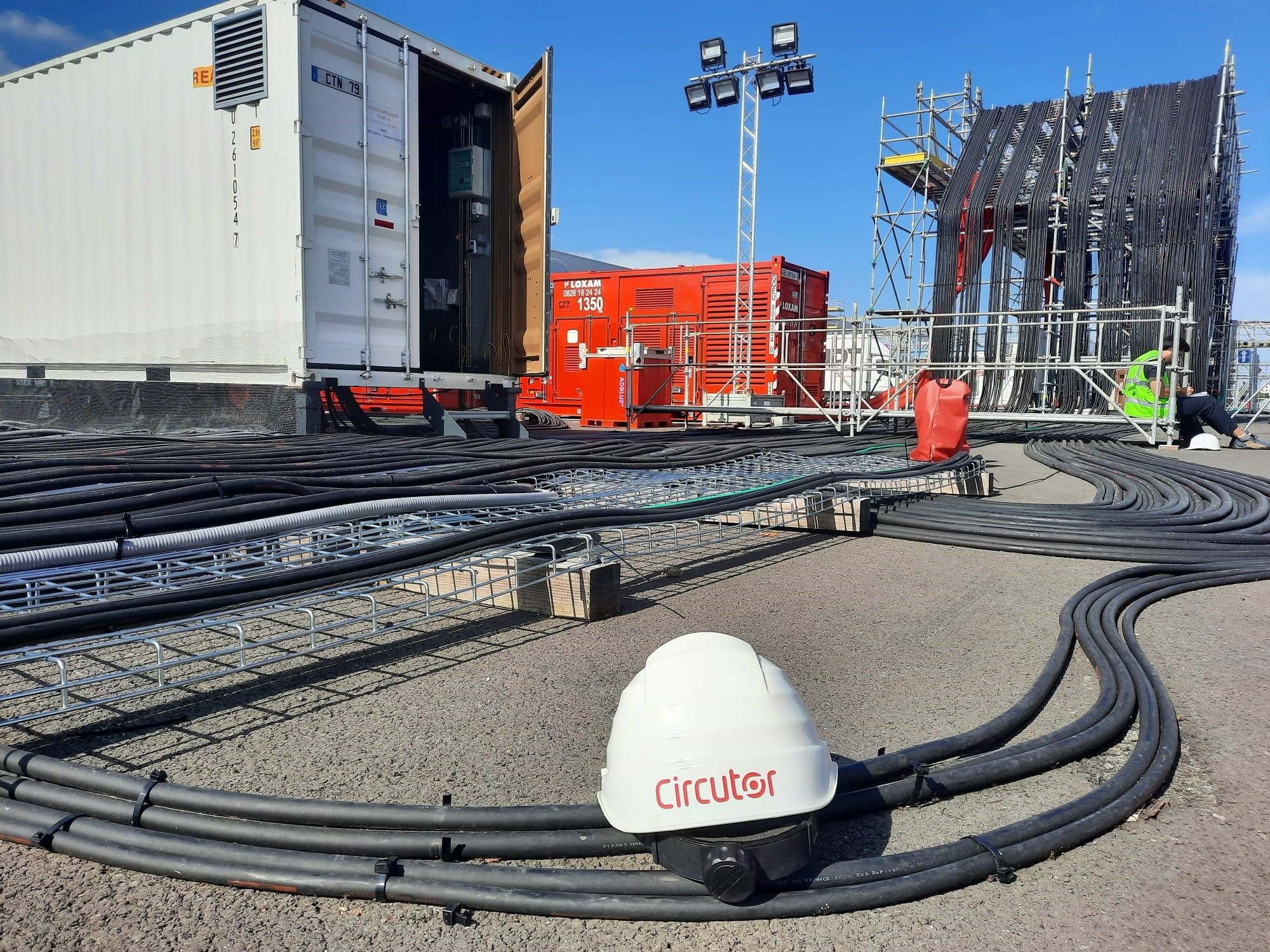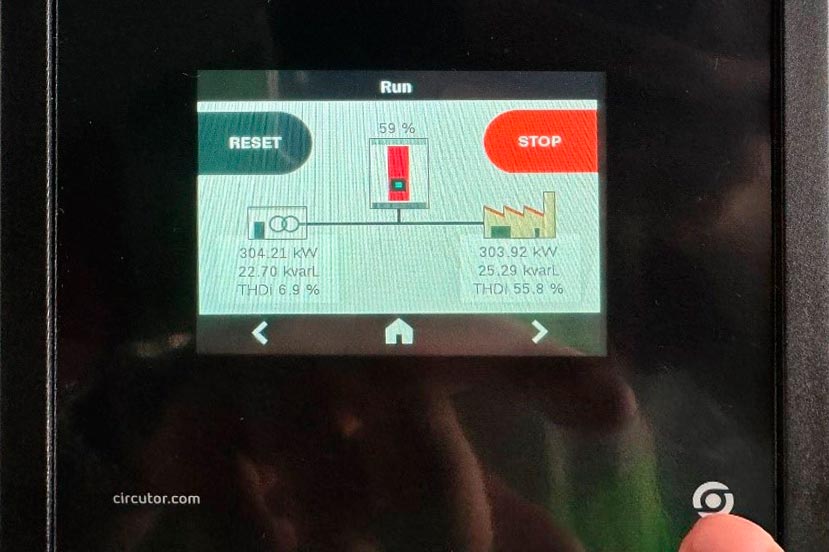
Circutor | 10 de October de 2024
In our homes, we were able to enjoy watching Simone Biles, Katie Ledecky, Léon Marchand, Novak Djokovic... In fact, TVE reported impressive ratings, with 32.2 million unique viewers, making it the most watched television network in Spain, which had not happened since February... 2012!
People also tuned in to enjoy the Olympics on pay television with the coverage on Max, which opted to broadcast the Games live, with 329 events divided into 762 sessions, making it the only channel that made it possible to enjoy every Olympic moment in Spain.
Circutor made its contribution to the 2024 Paris Olympics by helping to make it possible to broadcast them correctly and efficiently to the whole world.
To explain this success story, we must first understand how the Olympics are broadcast and how and the International Broadcast Center (IBC) in Paris works. Historically, the Olympic Games were produced for TV by a host broadcaster, but in 2001, the Olympic Broadcasting Services (OBS) was created, which offers live, neutral coverage. It owns the broadcast rights to the Olympic Games and negotiates broadcast rights for all television, radio and internet channels.

In a 40,000-square-metre space, walls filled with screens and control rooms supplied images to the whole world. This facility, located on the outskirts of Paris, was the largest temporary broadcast facility for an Olympic games, with 600km of cable, 40 MW of generators, another 40 MW of power transformers, two redundant medium-voltage rings... all this to power all the ventilation and data systems set up for the occasion. To get an idea of the size of the facility, 10,000 people were expected to pass by there every day, and it had a Carrefour supermarket, a hairdresser's and a manicure centre, as well as different types of restaurants and cafés. An entire temporary city.
Work on this facility began in January 2024, but on 10 June, Circutor received a request from companies associated with the International Olympic Committee (IOC) to study the quality of the electrical installation of the Paris International Broadcast Center for the Olympic Games in terms of harmonics.
"This scenario presented many challenges involving energy efficiency and network quality due to the harmonic distortion caused by the variable speed drives of the air compressors, the ventilation equipment dedicated to the data centres, and the length and routing of the wiring to the buildings that would house the studios and press rooms for the sporting event."
That is when Circutor engaged with the client to try to find a solution to the problem that would make it difficult to broadcast the Games. And there was another issue to consider. Although the Olympic Games were set to start on 26 July, the facility had to be done by 10 July, before the handover of the space and the final tests of the facility.
This project presented a major challenge due to the tight deadlines and the serious problem they had to solve just a few weeks before the start of the event.
Everyone in the Circutor chain got involved to make the project to broadcast the Paris Olympic Games possible. The case was studied in record time, a solution was proposed to the client and 27 AFQm modules, housed in 9 cabinets, were manufactured and sent. Our client installed the filters in refrigerated shipping containers, which it set up in the free spaces available, some of them in the air over the wiring, and connected them to the switches available in the affected electrical panels.

Active filters with AFQm technology offer the most complete solution in industrial three-phase, commercial or service installations to solve quality problems caused not only by harmonics, but also by reactive power consumption and current imbalances. They are the perfect solution for installations with a large number of single-phase and three-phase loads that generate harmonics, such as computers, UPS, lights, elevators, variable-speed AC units, etc.
In Paris, a 2700A installation was set up that was ready in 4 weeks, on 9 July, one day before the installation was closed off to personnel.
The result was a reduction in harmonic currents (THDi) from 60% to less than 10%, and harmonic voltages (THDV) from 3% to 1.7%, enough to comply with French regulations and European recommendations on harmonic distortion and power quality.

WRITTEN BY CIRCUTOR